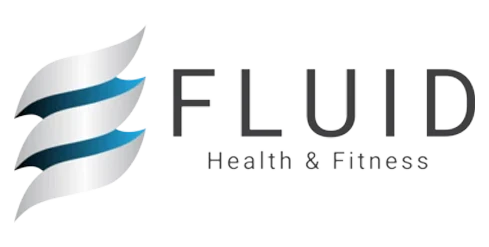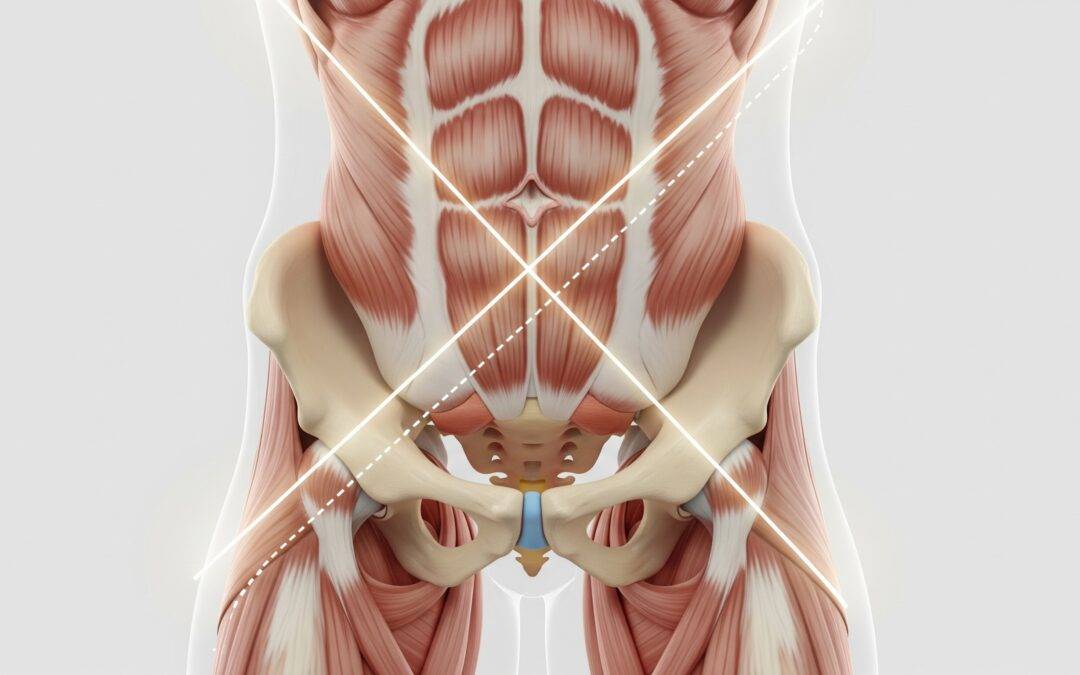Modern human movement demands more than strength or speed—it requires intelligent organization of your body’s segments to produce force efficiently and protect your joints from overload. One of the most overlooked abilities in this equation is trunk dissociation: your capacity to rotate your rib cage independently from your pelvis. This rotational skill is not just athletic flair—it is a neurodevelopmental milestone rooted in your earliest reflexes. Its breakdown is directly linked to dysfunction in gait, posture, and performance—and frequently a hidden cause of back pain, shoulder injuries, and inefficient breathing.
This blog explores how the body learns rotational control through diagonal thoracolumbopelvic integration, grounded in Dynamic Neuromuscular Stabilization (DNS) and developmental kinesiology, and why restoring this pattern is foundational in reclaiming authentic movement.
Why It Matters
Your spine is not meant to rotate in one piece. Instead, functional rotation emerges when your thoracic spine (mid-back) twists while your pelvis remains grounded—transferring force across the diagonal slings of your body. This ability arises through neonatal reflexes and is reinforced through crawling and creeping.
When this dissociation breaks down—often through prolonged sitting, unilateral habits, injury, or poor respiratory mechanics—the body substitutes with compensation. The result? Lumbar rotation (unsafe) replaces thoracic rotation (safe), leading to excessive spinal strain and reduced efficiency in tasks like running, lifting, or throwing.
Step-by-Step Expectations: How the Body Develops Rotational Skill
Understanding diagonal integration starts in infancy. According to DNS principles derived from developmental kinesiology:
Around 4.5–5.5 months of age, infants begin contralateral patterning—reaching across the body while supporting from the opposite hip.
- This develops into crawling, where the rib cage rotates over a stable pelvis, creating a diagonal fascial and muscular connection: Anterior Oblique System (AOS).
- The AOS, composed of internal/external obliques and contralateral adductors, stabilizes the pelvis while allowing thoracic rotation—this is diagonal thoracolumbopelvic integration.
As you mature, these reflexive patterns should become subconscious tools. However, due to modern environmental mismatches (e.g., sedentary lifestyle, lack of crawling, poor respiration), the brain often loses access to this coordination. Adults compensate with co-activation (rigid bracing), lumbar substitution (over-rotating the low back), or kinetic leaks during locomotion and lifting.
Core Concepts
| Term | Definition |
|---|---|
| Trunk Dissociation | Ability to move the rib cage independently from the pelvis during rotational tasks. |
| Diagonal Integration | Coordinated, contralateral activation of the torso and pelvis, creating force across the body’s fascial slings. |
| AOS (Anterior Oblique System) | Muscular sling connecting obliques to contralateral adductors via the pelvis, facilitating rotation and force transfer. |
| Thoracic Rotation | Mid-back rotation, supported by a neutral lumbar spine and stable pelvis. |
| Dynamic Neuromuscular Stabilization (DNS) | Rehabilitation method based on developmental motor patterns to restore ideal movement. |
Preparation: Recognizing the Breakdown
Before training rotation, it’s essential to assess whether a person can access these foundational patterns. Signs of impaired diagonal integration include:
-
Inability to twist the ribs without shifting the hips.
-
Excessive lumbar extension or rotation during gait.
-
Asymmetrical breathing patterns (rib flare or collapse).
-
Poor single-leg stability or contralateral reach control.
-
Pain with twisting, running, or overhead activities.
As DNS assessment protocols demonstrate, insufficient stabilization leads to disorganized movement and inefficient force production.
Restoring the Pattern: Corrective Implications
Restoring diagonal thoracolumbopelvic integration is not about stretching or strengthening isolated muscles—it requires neuromuscular re-education that reconnects the brain to primal movement maps.
Key Focus Areas:
Sagittal Stabilization First: A neutral pelvis and functional breathing pattern set the foundation for safe rotation.
Controlled Rib Dissociation: Using tools like seated rib rotation + band punch, practitioners train the ribs to glide while the pelvis remains square.
Diagonal Activation: Exercises like cross-body lifts, bird-dog, and DNS crawling retrain the AOS and challenge trunk control.
Cardiorespiratory Integration: Rotational circuits under heart rate zones challenge form under fatigue, revealing true movement competence.
This approach aligns with findings from DNS research showing that purposeful movement is only possible when preceded by stabilizer activation across global chains.
Ongoing Consideration
Restoring rotation is not a one-time drill—it’s a layered re-education process. Once foundational dissociation is established, integrate it into loaded, dynamic, and fatigued contexts. For long-term success:
-
Reassess breathing patterns regularly to ensure intra-abdominal pressure (IAP) is well distributed. Intra-abdominal pressure (IAP) is the internal pressure generated within the abdominal cavity through coordinated diaphragm, pelvic floor, and core muscle activation to stabilize the spine and support efficient movement.
-
Use unilateral load tasks (like kettlebell rack holds or rotational chops) to challenge diagonal control under asymmetrical load.
-
Educate clients about the WHY behind rib-to-hip organization—neurological understanding drives conscious motor learning.
Conclusion: Reclaiming the Spiral of Life
Trunk rotation is not just a sport-specific skill—it is your birthright. From the first time an infant reaches across the body to grasp a toy, the nervous system is rehearsing the dance of force transfer. But over time, with disuse, stress, or compensation, this spiral is lost.
Reclaiming trunk dissociation means reviving your body’s internal intelligence—its ability to move separately in order to integrate. Through DNS-informed strategies and a return to developmental logic, you don’t just move better. You move more like you were designed to.
References
-
Kolář, P., Dynamic Neuromuscular Stabilization – DNS [25†A1_Intro.pdf]
-
Domellöf, E. (2006). Development of Functional Asymmetries in Young Infants
-
Carr, H. (2024). Human Asymmetry, Lateralization, and Alternating Rhythms
-
Henning, S., et al. Postural Restoration and Scoliosis



